Social Influence, Habit Change And What’s Missing!
SOCIAL INFLUENCE, HABIT CHANGE AND WHAT’S MISSING! (ISSUE 98)
By Diane Gold
What is it with social influence and habit change? For habit change, it seems very obvious that people like support. And that more people change a habit using a buddy system or enlisting an accountability partner or group. This article will focus on what about groups helps us and what’s basic to success.
THE MOTIVATION WE GET FROM GROUPS
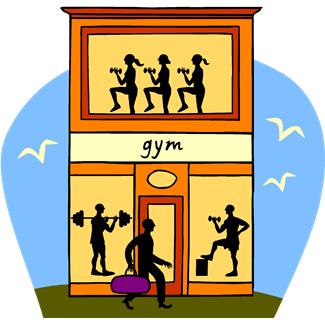 When thinking about social influence and habit change, I think of doing physical fitness like tai chi, going to the gym, going to a weight watch group, going to a rehab center. The function of each of these group activities is motivation of some kind. Let’s look at how the group motivates us.
When thinking about social influence and habit change, I think of doing physical fitness like tai chi, going to the gym, going to a weight watch group, going to a rehab center. The function of each of these group activities is motivation of some kind. Let’s look at how the group motivates us.
1) We are social creatures and can enjoy being in the company of others.
2) Because we are the ultimate creatures of habit, a new group setting can be a safer environment than one we have been around when acting out our old habit.
3) We can get courage from hearing that someone else understands us, whether we are talking about drugs, weight loss or anything else.
4) Being with others is a big distraction that can assist us when breaking in a new habit. After all, when we are alone, we are our sole distraction, and the only person on whom we rely; but, in a group setting, we have more social influence keeping us on track.
5) Because we are so impressionable, for the most part, we pick up the habits of others. Therefore, if we are around people who are productive, we will be more inclined to be productive.
AUTHOR’S NOTE
We should note that the group experience is not everyone’s preference. If we look at how Americans spend their time, according to the America Time Use Survey, done by the U.S. Department of Labor, Bureau of Labor Statistics, a similar percentage of people work out alone as together. But this statistic is not specifically for habit change activity, so I would suspect if there were a time use survey done for people who are changing a habit, there would be more groupies than soloists.
SUCCESS RATE
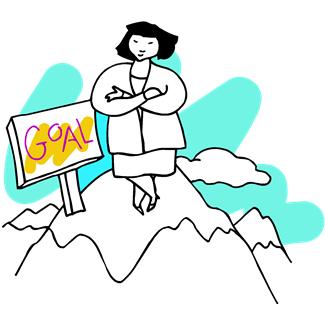 When we look at the amount of people who go back to their old habits after six months, a year, five years; it can be disheartening. There’s an interesting statistical article from 2004 about how treatment doesn’t work at:
When we look at the amount of people who go back to their old habits after six months, a year, five years; it can be disheartening. There’s an interesting statistical article from 2004 about how treatment doesn’t work at:
http://www.soberforever.net/currenttreatdoesnt.cfm.
Unfortunately, after writing about how treatment doesn’t work, the article’s publisher contradicts itself by saying its treatment facility has a success rate 30% higher than anyone else.
It is fairly accepted that most people who become residents in rehabilitation centers succeed between 3% and 10% of the time to maintain their habit change. The data at centers is usually compiled without scientific method, and, because individuals only answer survey questions to arrive at conclusive data, it is extremely difficult to maintain study integrity.
SIDEBAR
This fact reminds me of another modality whose studies are sporadic, don’t always use scientific method and are small. It’s how tai chi, which saves lives, does its magic. Studies that involve mind-body answers and compare one’s lifestyle before and after are very expensive. To conduct a nice-sized primary study (one that uses fresh data to arrive at conclusions vs. a secondary study that analyzes and interprets a primary study), it can cost $250,000 and that would be for a small mind-body study.
WHAT’S MISSING?
So, what’s missing from all these programs that include one-to-one therapy, group therapy, peer group therapy, tai chi, chi kung, yoga, massage, sauna, meditation, organic vegan food and more?
I’m going to repeat what makes up a habit: a cue, a behavior and the resulting reward. This habit model doesn’t change. So what are we shooting for?
When we go into a program and do all the therapies mentioned above, we have one purpose. It is to change a habit. This requires that a new system be put in place. To build this, we must change the mind and develop skill and build our foundation. After all, we need to have something to hold on to when our urges show up in order to direct us to execute our new behaviors we have developed.
BUILDING FOUNDATION
Let’s use how tai chi changes us since I have seen it first-hand in many hundreds of people. Any mind-body work or other creative discipline can do it as long as the instructor understands how foundation is built and instructs it starting with the basics.
 People think tai chi is for exercise or defense, alone. It’s really for perception change. By doing a powerful exercise as tai chi is, we learn a systematic approach to movement. This system gives us tools to use in everyday life. As we acquire the patience to endure tremendous body exertion, we are learning a tool that works with anything in life. We have the understanding to know that the physical exertion and mental concentration needed to physically execute the movement is teaching us to follow through. And it is showing us we can do it.
People think tai chi is for exercise or defense, alone. It’s really for perception change. By doing a powerful exercise as tai chi is, we learn a systematic approach to movement. This system gives us tools to use in everyday life. As we acquire the patience to endure tremendous body exertion, we are learning a tool that works with anything in life. We have the understanding to know that the physical exertion and mental concentration needed to physically execute the movement is teaching us to follow through. And it is showing us we can do it.
This type of training gives us a foundation of skills that can be used to change a habit. They are self-esteem, pride, temperance, patience, tolerance, strength, balance and many more. These are the traits needed for habit change. If a rehab program misses teaching these skills through some type of system, the program participant is left in relatively the same condition as when s/he arrived, only learning a few rote skills which usually fade away, exposing the old habit.
CONCLUSION
We are socially influenced in many ways. When we see lots of people doing the same thing, we are more inclined to do that same thing. I always give the example of helping a fallen woman on the sidewalk. If no one has stopped to help, we are less likely to stop. If someone has already stopped to help, we will be more likely to inquire if we can help (unless we are public servants or feel like public servants and believe it is our duty to protect).
 It’s the same if we surround ourselves with people who do not take drugs or drink or overeat or gamble. We will be more likely to accept behaving in a similar fashion, especially if they know we are working on habit change. If we keep repeating a new behavior in place of the old habit at the same time as building a personal foundation, we will succeed. And what’s missing at the start will no longer be missing. We will have developed, not only new behaviors, but a structure within ourselves that will sustain the way we wish to live.
It’s the same if we surround ourselves with people who do not take drugs or drink or overeat or gamble. We will be more likely to accept behaving in a similar fashion, especially if they know we are working on habit change. If we keep repeating a new behavior in place of the old habit at the same time as building a personal foundation, we will succeed. And what’s missing at the start will no longer be missing. We will have developed, not only new behaviors, but a structure within ourselves that will sustain the way we wish to live.
ACTION STEP SEQUENCE
In order to see how easy it is to reach out to another, meaning, to form a group, here’s an action that might be helpful.
1) Approach someone who is in your life or just someone you meet at the library or supermarket.
2) Tell her (him) you are doing an experiment and that you need help one time between 6 pm and 7 pm one night this week. (It can be a different time.)
3) Tell the person that, when you call, you will ask her to tell you how important you are to your mission.
_________
Let us know how it goes.
_______________________________________________________________
_______________________________________________________________
FEEDBACK
Please leave a comment and LIKE.
DIANE GOLD, AUTHOR
Diane Gold, Founder of Warriors of Weight, Turning Habits Into Health, is a mentor in tai chi, kung fu and meditation, a music, fitness and stress expert, dedicated mom, studying plant-based nutrition and habit change.
She has been influenced by group dynamics and seen how others sometimes get trapped. She says,
“Fortunately, I was raised to be very independent. But groups still influence me. Whether we are helped by the group or our own personal way, the one that works is the right one for each of us.
“As for building a foundation, there’s only one way to go about it: one step at a time. Slowly, with consistency and follow-through. As we begin to build upon ourselves, we become very strong. Then we become the social influencers, and nothing more is missing.”

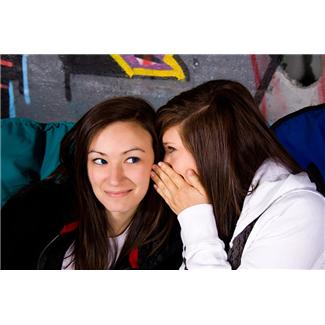 There is one secret to habit change. We don’t need to be college-educated to understand it. We don’t have to have been brought up in a wealthy home to use it. It is the same in every country. It applies to every habit. We all know the concept as it applies to daily life. Yet, it’s still a secret.
There is one secret to habit change. We don’t need to be college-educated to understand it. We don’t have to have been brought up in a wealthy home to use it. It is the same in every country. It applies to every habit. We all know the concept as it applies to daily life. Yet, it’s still a secret. In order to hear it, we must be ready at this very moment to realize its truth; and that if we don’t make it a priority in our lives, we will go another way. Easiest is best, and that’s upon what this secret is based.
In order to hear it, we must be ready at this very moment to realize its truth; and that if we don’t make it a priority in our lives, we will go another way. Easiest is best, and that’s upon what this secret is based.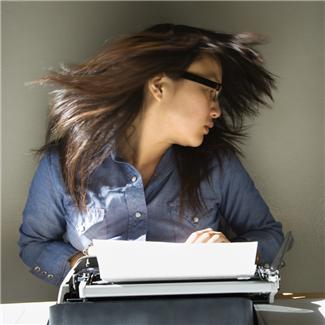 Picture the situation where we get an urge to eat cake. We are on a strict regimen not to include cake in our food plan. If we don’t act with instant motion within five seconds of the urge, we have already given ourselves time enough to plan which way we will walk to the cake store, passing an Automatic Teller Machine along the way, since we keep no cash with us to avoid running out to buy food. Oops, we forgot about the ATM card. Or figuring out how to run up an account with the local grocer if we have no cash, if we have remembered not to have an ATM card around.
Picture the situation where we get an urge to eat cake. We are on a strict regimen not to include cake in our food plan. If we don’t act with instant motion within five seconds of the urge, we have already given ourselves time enough to plan which way we will walk to the cake store, passing an Automatic Teller Machine along the way, since we keep no cash with us to avoid running out to buy food. Oops, we forgot about the ATM card. Or figuring out how to run up an account with the local grocer if we have no cash, if we have remembered not to have an ATM card around.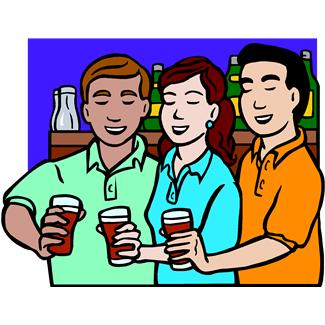 Imagine it’s the end of the work day, we are closing up our store and start getting the urge to join all our buddies across the street and drink alcohol. Yet, we know, at this time, we have decided to abstain from alcohol because it does not support us. So, when we feel that craving, we have a choice: we can act within 5 seconds and take a new action that does not involve alcohol OR wait and go drink alcohol, a behavior we already know is not working for us. If the people at the pub are really our buddies, we will see them later, not in the bar.
Imagine it’s the end of the work day, we are closing up our store and start getting the urge to join all our buddies across the street and drink alcohol. Yet, we know, at this time, we have decided to abstain from alcohol because it does not support us. So, when we feel that craving, we have a choice: we can act within 5 seconds and take a new action that does not involve alcohol OR wait and go drink alcohol, a behavior we already know is not working for us. If the people at the pub are really our buddies, we will see them later, not in the bar.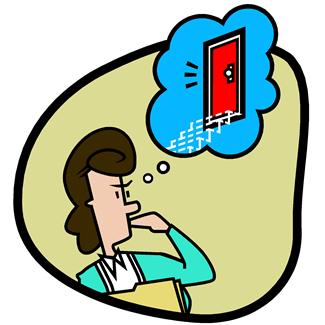 We have a very short window of opportunity in which to execute the one secret to habit change. It’s usually in that five second range that we must act. If we don’t take a new action within that time, we will habitually do our old behavior. And changing our habit will wait on the sidelines another day.
We have a very short window of opportunity in which to execute the one secret to habit change. It’s usually in that five second range that we must act. If we don’t take a new action within that time, we will habitually do our old behavior. And changing our habit will wait on the sidelines another day.
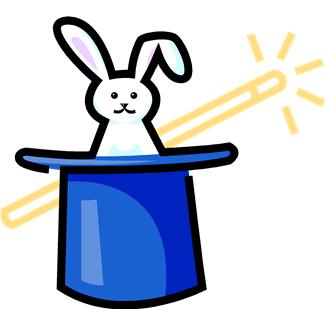 Do it. It is massively impactful, requires little activity, not much effort other than the effort of doing magic on or tricking one’s own mind. And it works on all the urges to a large degree.
Do it. It is massively impactful, requires little activity, not much effort other than the effort of doing magic on or tricking one’s own mind. And it works on all the urges to a large degree.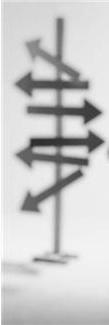
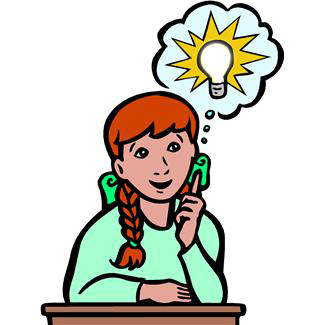 When learning to change a habit, looking too far ahead is usually a deal breaker. If we are looking at the end result, meaning that we changed our habit; it may look vast, overwhelming, impossible, certainly difficult that it’s quitting time, quitting the process of change, that is.
When learning to change a habit, looking too far ahead is usually a deal breaker. If we are looking at the end result, meaning that we changed our habit; it may look vast, overwhelming, impossible, certainly difficult that it’s quitting time, quitting the process of change, that is. When we decide we will change a habit forever, we are locking ourselves in a prison. To give up an old behavior is not as difficult if we tell ourselves that we might be able to go back to it at some point in the future. It makes it easier to start, and it is not as scary a process. Change A Habit For Today, Not Forever
When we decide we will change a habit forever, we are locking ourselves in a prison. To give up an old behavior is not as difficult if we tell ourselves that we might be able to go back to it at some point in the future. It makes it easier to start, and it is not as scary a process. Change A Habit For Today, Not Forever How many times have we thought we had ourselves together, and we stopped behaving in the way that was working for us? We had changed our habit so long ago that we thought we could stop the technique that got us to change the habit?
How many times have we thought we had ourselves together, and we stopped behaving in the way that was working for us? We had changed our habit so long ago that we thought we could stop the technique that got us to change the habit?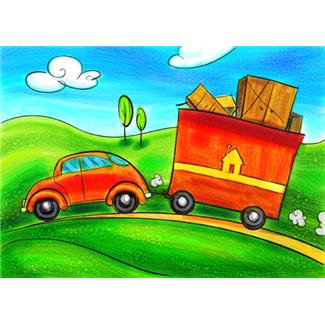
 Imagine a U.S. Senator whose family members all speak street language. She was the only member of the family to go to school. She was raised on “ain’t,” “anyways,” “nucular energy,” “athalete,” “asterik,” “supposubly,” “mischieveeous.” She goes to visit her original home for a week and her entire family speaks their normal street speak to her or with her. Then she comes back to D.C.
Imagine a U.S. Senator whose family members all speak street language. She was the only member of the family to go to school. She was raised on “ain’t,” “anyways,” “nucular energy,” “athalete,” “asterik,” “supposubly,” “mischieveeous.” She goes to visit her original home for a week and her entire family speaks their normal street speak to her or with her. Then she comes back to D.C.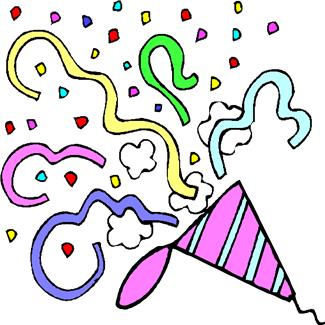 Once we have accomplished doing the new action and have a routine going that includes the new behavior, we can rejoice in the fact that we have begun to change the habit and that we had the power to start. If we forget to be joyful which includes acknowledging ourselves for changing, we are missing out on the joy that can sustain the new behavior.
Once we have accomplished doing the new action and have a routine going that includes the new behavior, we can rejoice in the fact that we have begun to change the habit and that we had the power to start. If we forget to be joyful which includes acknowledging ourselves for changing, we are missing out on the joy that can sustain the new behavior.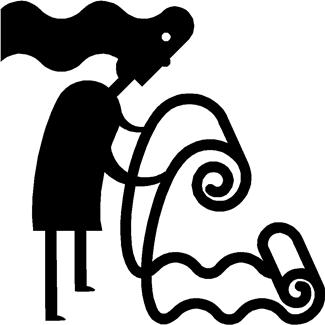
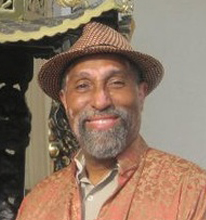
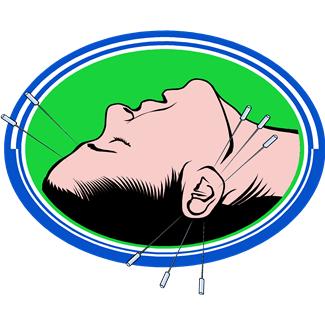 … we look at acupuncture, and we perceive that acupuncture is Chinese Medicine. Acupuncture is only one tool in a tool kit that contains at least 14 different tools. The number one tool is the understanding that blood and energy flow together. … The reason people get sick is that blood and chi become stuck or stagnant.
… we look at acupuncture, and we perceive that acupuncture is Chinese Medicine. Acupuncture is only one tool in a tool kit that contains at least 14 different tools. The number one tool is the understanding that blood and energy flow together. … The reason people get sick is that blood and chi become stuck or stagnant.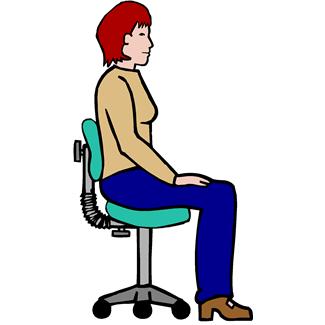 If you see somebody sitting in a chair and they’re slumped over, you say,
If you see somebody sitting in a chair and they’re slumped over, you say,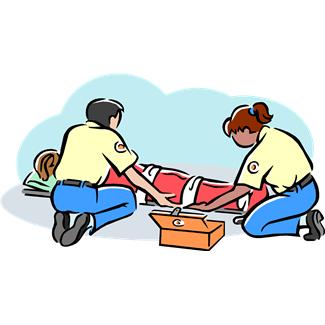
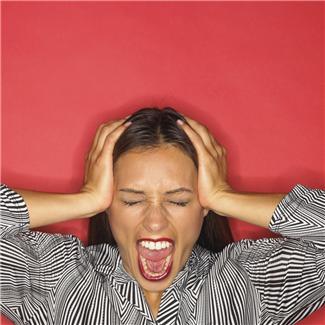
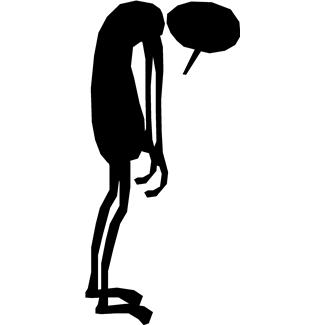 Insufficiency would be not enough love, not enough laughter, not enough relaxation, not enough exercise, not enough water. That would be insufficiency.
Insufficiency would be not enough love, not enough laughter, not enough relaxation, not enough exercise, not enough water. That would be insufficiency.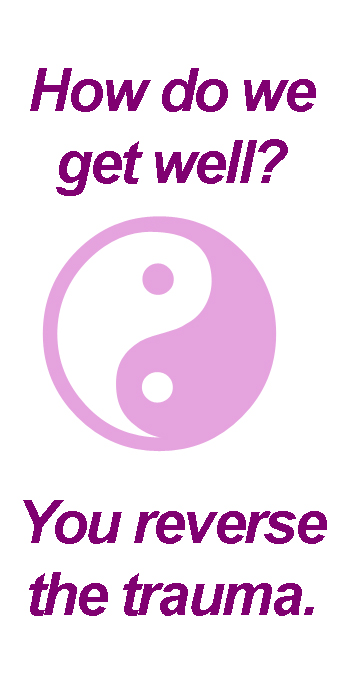

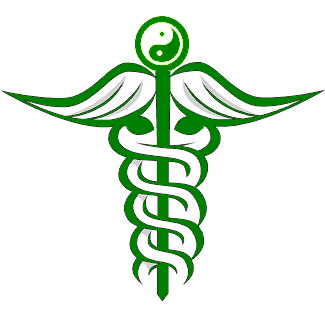 Absolutely right. And many people don’t even know the word acupuncture…
Absolutely right. And many people don’t even know the word acupuncture…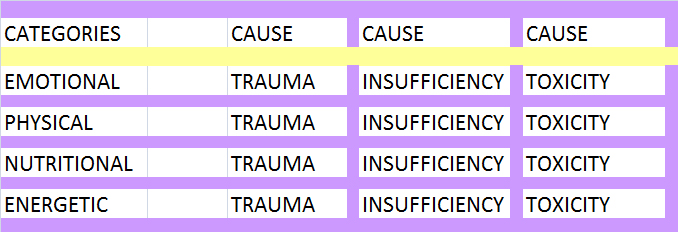
 We now have a transparent way of looking at Traditional Chinese Medicine. It is not a mystery any longer. Our interview guest, Doctor Of Oriental Medicine has demystified it. He has talked about how to diagnose by asking, not only why you are there, but who is giving you pain. He mentioned how many tools there are in the arsenal of Chinese Medicine.
We now have a transparent way of looking at Traditional Chinese Medicine. It is not a mystery any longer. Our interview guest, Doctor Of Oriental Medicine has demystified it. He has talked about how to diagnose by asking, not only why you are there, but who is giving you pain. He mentioned how many tools there are in the arsenal of Chinese Medicine.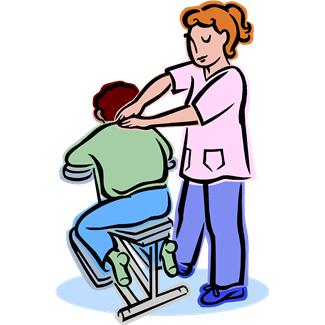
 On September 5, a new study came out in the journal, Science, where germ-free mice were colonized with gut microbes (called “microbiota” in the study itself) from four pair of human twins. Each pair of twin donors contained one obese and one thin human. The recipients of the fecal matter were sterile mice who had no gut microbes until they were exposed to the human microbes.
On September 5, a new study came out in the journal, Science, where germ-free mice were colonized with gut microbes (called “microbiota” in the study itself) from four pair of human twins. Each pair of twin donors contained one obese and one thin human. The recipients of the fecal matter were sterile mice who had no gut microbes until they were exposed to the human microbes.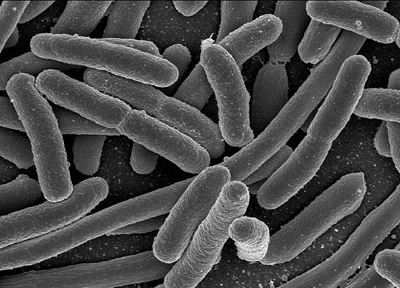
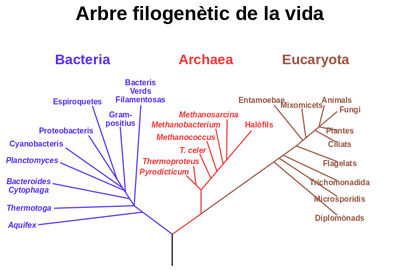
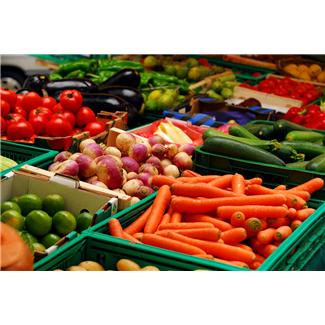
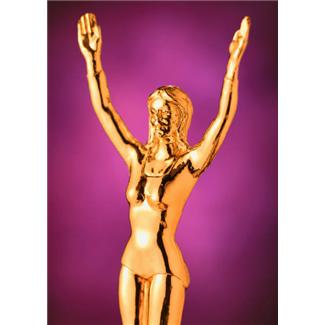
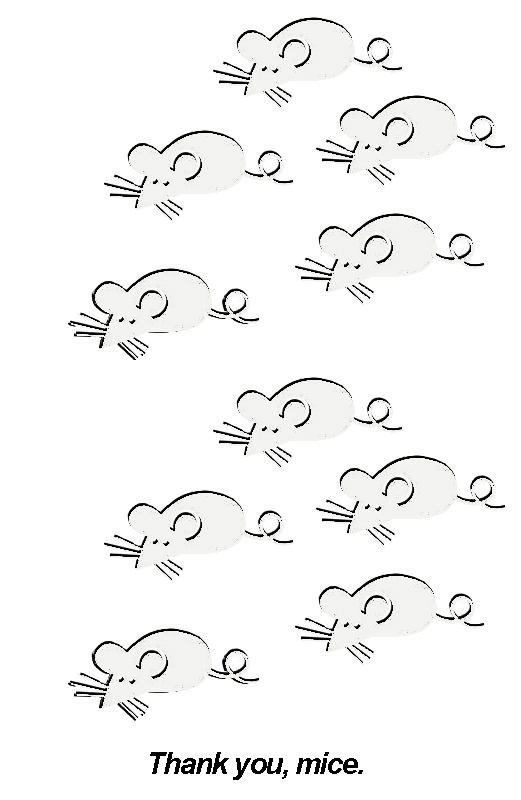
 “My research on forgiveness has led me to this unsettling conclusion: The desire for revenge isn’t a disease that afflicts a few unfortunate people; rather it’s a universal trait of human nature, crafted by natural selection, that exists today because it helped our ancestors adapt to their environment.
“My research on forgiveness has led me to this unsettling conclusion: The desire for revenge isn’t a disease that afflicts a few unfortunate people; rather it’s a universal trait of human nature, crafted by natural selection, that exists today because it helped our ancestors adapt to their environment. Since we, as humans, are social; we have developed a code of mores that define what is and is not acceptable reaction to various actions. We have laws that help regulate our actions, as well.
Since we, as humans, are social; we have developed a code of mores that define what is and is not acceptable reaction to various actions. We have laws that help regulate our actions, as well.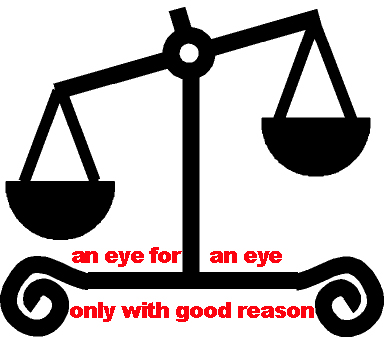

 “No! It’s in us for survival reasons. As humans with high thought process, we CAN realize when revenge is for survival and when it’s only for ego. We can temper ourselves. That’s why I equate forgiveness and revenge with any habit of substance, emotion, gambling or ice cream; it will always be there, but doesn’t always require an action.
“No! It’s in us for survival reasons. As humans with high thought process, we CAN realize when revenge is for survival and when it’s only for ego. We can temper ourselves. That’s why I equate forgiveness and revenge with any habit of substance, emotion, gambling or ice cream; it will always be there, but doesn’t always require an action.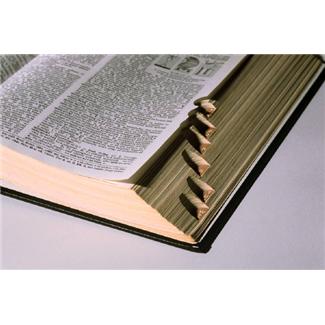 There are so many ingredients in one product that the habit of reading labels must go along with doing research on what we read, if we wish to understand them. I have been studying labeling of foods since the mid-1970s when I began studying a philosophy that includes meditation (sound yoga) , a lacto-ovo-vegetarian diet and a good clean moral life. I read every label and contacted every manufacturer of anything I ate or drank, and I would pass that info on to my fellow philosophers. My purpose was to eliminate meat, fish, poultry from the diet. I was surprised at how many ingredients and processes were withheld from the consumer. Not enough has changed since then.
There are so many ingredients in one product that the habit of reading labels must go along with doing research on what we read, if we wish to understand them. I have been studying labeling of foods since the mid-1970s when I began studying a philosophy that includes meditation (sound yoga) , a lacto-ovo-vegetarian diet and a good clean moral life. I read every label and contacted every manufacturer of anything I ate or drank, and I would pass that info on to my fellow philosophers. My purpose was to eliminate meat, fish, poultry from the diet. I was surprised at how many ingredients and processes were withheld from the consumer. Not enough has changed since then.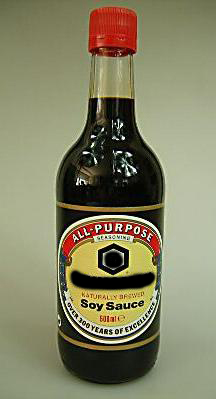 Example One: Take the alcohol in the common soy sauce, for example. It can be made from animal fat, plant substance or it can be man-made. If we choose to stay away from animal products, we won’t know whether there is animal in it by the ingredient name only. If we have an allergy to certain plants, we may not even know we are ingesting the allergic substance due to incomplete labeling practices. And, then there’s synthetic alcohol. That leaves the ingredient “alcohol” open to any number of methods of alcohol preparation.
Example One: Take the alcohol in the common soy sauce, for example. It can be made from animal fat, plant substance or it can be man-made. If we choose to stay away from animal products, we won’t know whether there is animal in it by the ingredient name only. If we have an allergy to certain plants, we may not even know we are ingesting the allergic substance due to incomplete labeling practices. And, then there’s synthetic alcohol. That leaves the ingredient “alcohol” open to any number of methods of alcohol preparation.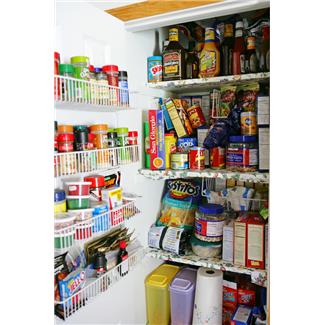 Aside from the fact that we have been raised to buy food products in packages, the labels of those products don’t tell us the source, and the materials used in the manufacturing process are not required to be disclosed. We accept this and make it a standard in our buying habits.
Aside from the fact that we have been raised to buy food products in packages, the labels of those products don’t tell us the source, and the materials used in the manufacturing process are not required to be disclosed. We accept this and make it a standard in our buying habits.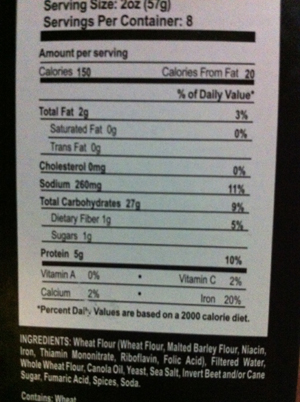 1)
1)  5)
5)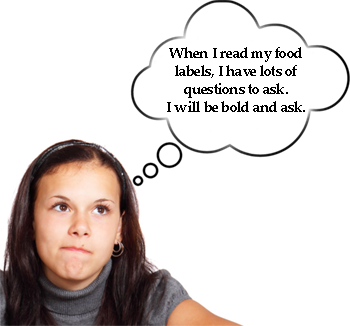 2)
2) 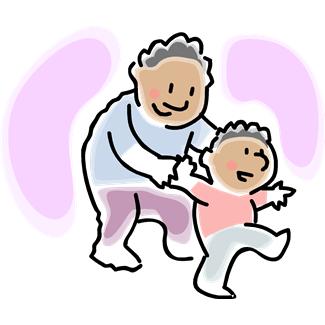 Both habits and mastery require many lessons. They are both learned behaviors that require extreme repetition. Habits are responses we cultivate as a reaction to a certain feeling, urge, itch, trigger, craving. With repetition, these responses become semi-automatic behaviors that become part of our infrastructure until we change them. Mastery is a state of prowess developed through repeating any skill set.
Both habits and mastery require many lessons. They are both learned behaviors that require extreme repetition. Habits are responses we cultivate as a reaction to a certain feeling, urge, itch, trigger, craving. With repetition, these responses become semi-automatic behaviors that become part of our infrastructure until we change them. Mastery is a state of prowess developed through repeating any skill set. When we get the same urge over and over and do the same behavior to answer the urge, isn’t that actually mastering the management of that urge? In some cases, this “management” supports our positive life style. In others, the habit burdens us or diminishes our effective productivity.
When we get the same urge over and over and do the same behavior to answer the urge, isn’t that actually mastering the management of that urge? In some cases, this “management” supports our positive life style. In others, the habit burdens us or diminishes our effective productivity.

 Whether we repeat our training, we learn, whether it’s riding a bike, learning to walk, learning to swim, answering our food urge mechanism by eating snack foods, answering our alcohol trigger by drinking to excess; we learn well how to immerse ourselves in the habit.
Whether we repeat our training, we learn, whether it’s riding a bike, learning to walk, learning to swim, answering our food urge mechanism by eating snack foods, answering our alcohol trigger by drinking to excess; we learn well how to immerse ourselves in the habit. The skills used to develop a habit are focus, repetition and follow through. These are the skills needed to change a habit, too. Of course, passion is involved in the original learning and should one choose to make a change.
The skills used to develop a habit are focus, repetition and follow through. These are the skills needed to change a habit, too. Of course, passion is involved in the original learning and should one choose to make a change. Health care costs make it difficult or impossible for all Americans to afford the services they deserve. After surprising a young college student friend of mine from India over the fact that everyone in the United States does not have all the necessities, I decided to look into health care costs.
Health care costs make it difficult or impossible for all Americans to afford the services they deserve. After surprising a young college student friend of mine from India over the fact that everyone in the United States does not have all the necessities, I decided to look into health care costs.
 Although about 1/6 of our income in the United States goes to health care, how can we maintain that health care is a human right if some people can’t afford it? Or do we consider health care a privilege? And, if we step off our continent for a moment and look at the fact that the amount I pay for health insurance per month could pay for the health care of 15 people in most African nations for the same month, or in the Congo or Burma, for 45 people.
Although about 1/6 of our income in the United States goes to health care, how can we maintain that health care is a human right if some people can’t afford it? Or do we consider health care a privilege? And, if we step off our continent for a moment and look at the fact that the amount I pay for health insurance per month could pay for the health care of 15 people in most African nations for the same month, or in the Congo or Burma, for 45 people. 1)
1)
 11)
11)  Health care costs are high due to fees for medical personnel, cost of equipment and facilities, intricacies of technology, cost of research. Because we are in the habit of wasting instead of conserving, we spend more than we have to – in time and in money. When we are ill, we like to see beautiful offices, rather than cheaply appointed office space with cracks, old paint and the smell of age. Sometimes, we even equate the ability of a professional staff with the grandeur of an office. As employees, we want to be paid for our work, and we should be.
Health care costs are high due to fees for medical personnel, cost of equipment and facilities, intricacies of technology, cost of research. Because we are in the habit of wasting instead of conserving, we spend more than we have to – in time and in money. When we are ill, we like to see beautiful offices, rather than cheaply appointed office space with cracks, old paint and the smell of age. Sometimes, we even equate the ability of a professional staff with the grandeur of an office. As employees, we want to be paid for our work, and we should be. Hearing these words brought back a whole series of memories starting with a story my mother told me about her childhood. Now, I know that I have always been an explorer and that if a rule or tradition didn’t make sense to me, I always questioned it. I was encouraged to do so by both my parents.
Hearing these words brought back a whole series of memories starting with a story my mother told me about her childhood. Now, I know that I have always been an explorer and that if a rule or tradition didn’t make sense to me, I always questioned it. I was encouraged to do so by both my parents. So, let’s backtrack to when my mom was one-year-old. (This photo is not my mom. Because of her free spirit, I believe she would laugh if she saw this representation. This photo is used with lots of love and memories of nurturing.) She told me that she loved to see a plate break on the floor, that she would laugh with abandon at this phenomenon. Maybe it was the excitement of seeing the pieces scatter. It was a favorite activity, nonetheless. And my grandfather used to buy her plates so that she could knock them off her highchair so that she could laugh and be free. Yes, he was liberated, too.
So, let’s backtrack to when my mom was one-year-old. (This photo is not my mom. Because of her free spirit, I believe she would laugh if she saw this representation. This photo is used with lots of love and memories of nurturing.) She told me that she loved to see a plate break on the floor, that she would laugh with abandon at this phenomenon. Maybe it was the excitement of seeing the pieces scatter. It was a favorite activity, nonetheless. And my grandfather used to buy her plates so that she could knock them off her highchair so that she could laugh and be free. Yes, he was liberated, too. I did not throw plates, but I was encouraged to be my own person, ask questions about anything for the purpose of becoming a productive and liberated person. I can’t swear that my parents were thinking of the word “liberation” when they were raising me. They just saw no need to teach me to be seen and not heard as was and still is a popular method of child-rearing. Personally, I think this method can repress a child’s spirit and disable a child’s curiosity. Respect for elders and familial hierarchy can be taught in many ways, but free speech, in my opinion, should begin at the earliest of ages.
I did not throw plates, but I was encouraged to be my own person, ask questions about anything for the purpose of becoming a productive and liberated person. I can’t swear that my parents were thinking of the word “liberation” when they were raising me. They just saw no need to teach me to be seen and not heard as was and still is a popular method of child-rearing. Personally, I think this method can repress a child’s spirit and disable a child’s curiosity. Respect for elders and familial hierarchy can be taught in many ways, but free speech, in my opinion, should begin at the earliest of ages. Let me clarify that many people raised in the “be seen and not heard” old-school philosophy are successful, happy, shining and wonderfully balanced. There are, however, many of us raised with restrictions every time we turn around, such as don’t speak unless we are asked a question, always be available as a servant to our parents, all friends must be researched for family stature and then brought to the house for approval; we are often stressed, repressed and depressed because of it. Certainly, we are rarely liberated and feel the pain of not being trusted.
Let me clarify that many people raised in the “be seen and not heard” old-school philosophy are successful, happy, shining and wonderfully balanced. There are, however, many of us raised with restrictions every time we turn around, such as don’t speak unless we are asked a question, always be available as a servant to our parents, all friends must be researched for family stature and then brought to the house for approval; we are often stressed, repressed and depressed because of it. Certainly, we are rarely liberated and feel the pain of not being trusted. 2) We don’t speak up due to our self-image. This usually has to do with the fact that we are younger, older, the minority sex in the group, the wrong sexual orientation, a woman whose place (in in someone else’s mind) is in the home, the wrong nationality, religion or socio-economic level.
2) We don’t speak up due to our self-image. This usually has to do with the fact that we are younger, older, the minority sex in the group, the wrong sexual orientation, a woman whose place (in in someone else’s mind) is in the home, the wrong nationality, religion or socio-economic level. 2)
2)






